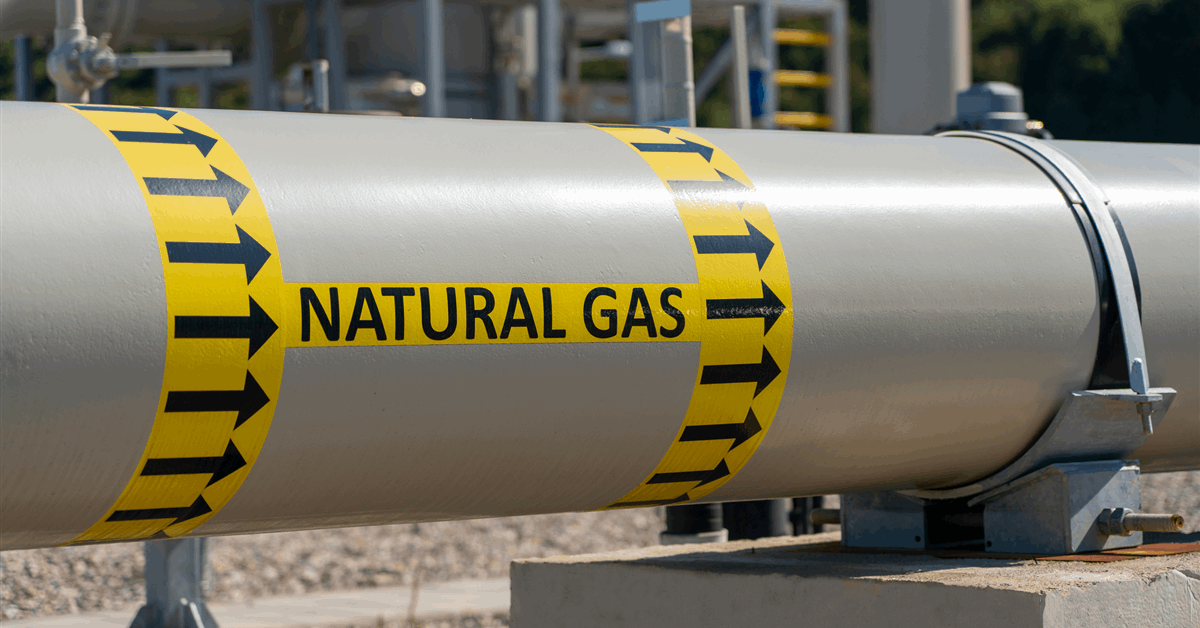
Oil edged higher after a volatile session as President Donald Trump fanned speculation that the US may join the Middle East conflict.
West Texas Intermediate rose 0.4% to settle above $75 a barrel, the highest closing price since January. Markets swung between gains and losses in a $3 range amid sharp reactions to developments in the Israel-Iran conflict.
“Implied volatility continues to climb, signaling that underlying market anxiety remains elevated — even if that’s not fully reflected in price action,” said Rebecca Babin, a senior energy trader at CIBC Private Wealth Group.
Trump said Iran squandered the chance to make a deal over its nuclear enrichment, but declined to say whether the US plans to join Israel’s offensive aimed at destroying the program.
“I may do it. I may not do it,” Trump told reporters Wednesday at the White House when asked if he is moving closer to bombing Iran. “I mean, nobody knows what I’m going to do.”
Earlier, Iran Supreme Leader Ayatollah Ali Khamenei said his country won’t surrender to Israel after Trump called for the Islamic Republic’s capitulation as the conflict enters its fifth day.
Trump had demanded Iran’s “UNCONDITIONAL SURRENDER” and warned of a possible strike against its leader in social media posts Tuesday. The US is also moving more military assets into the region, including the USS Nimitz aircraft carrier strike group, which is sailing there ahead of schedule.
The oil market’s main concerns are flows from Iran and the threat to vessel traffic in the Strait of Hormuz, through which about a quarter of the world’s crude shipments flow. Early data from TankerTrackers.com Inc. show that Iran increased its exports significantly since the attacks began, and there has been no major disruption to the strait.
The risks to prices have permeated the oil derivatives market. Bullish options are fetching their biggest premiums in more than a decade, and volatility has surged to a three-year high. The cost of shipping crude from the Middle East to China is more than 50% higher since the attacks began.
The hostilities have also rattled wider markets, with investors seeking havens in assets such as gold.
Israel launched surprise airstrikes on Iran’s nuclear sites last week, but American weapons are seen as crucial to achieving a more complete destruction of Tehran’s atomic program than anything it can do alone.
Oil may break $80 a barrel on headlines of US involvement, said Chris Weston, the head of research at Pepperstone Group Ltd. The shape of the futures curve suggests that traders are pricing in a much tighter market, he said.
The gap between Brent’s two nearest December contracts — a key indicator on long-term balances — has widened significantly since the attacks and was almost $3 a barrel in a bullish backwardation structure. Prior to the conflict, it was in a bearish contango pattern that had signaled expectations of ample supply.
Meanwhile, US domestic crude inventories drew down by more than 11 million barrels last week. The drop is the more than was anticipated according to industry figures, and it was the largest decline in almost a year.
Oil Prices:
- WTI for July delivery rose 0.4% to settle at $75.14 in New York.
- Brent for August settlement rose 0.3% to settle at $76.70 a barrel.
What do you think? We’d love to hear from you, join the conversation on the
Rigzone Energy Network.
The Rigzone Energy Network is a new social experience created for you and all energy professionals to Speak Up about our industry, share knowledge, connect with peers and industry insiders and engage in a professional community that will empower your career in energy.



















